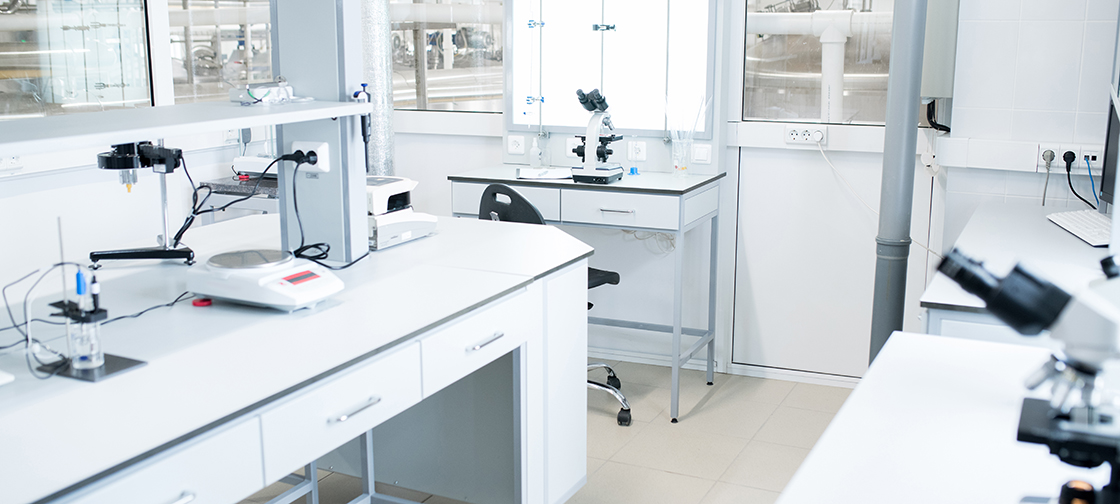New method overcomes limitations of existing chemical procedures and may accelerate nanoengineering of materials.
Researchers from the Singapore-MIT Alliance for Research and Technology (SMART) have made a discovery that allows scientists to “look” at the surface density of dispersed nanoparticles. This technique enables researchers to understand the properties of nanoparticles without disturbing them, at a much lower cost and far more quickly than with existing methods.
The new process is explained in a paper entitled “Measuring the Accessible Surface Area within the Nanoparticle Corona using Molecular Probe Adsorption,” published in the academic journal Nano Letters. It was led by Michael Strano, co-lead principal investigator of the Disruptive and Sustainable Technologies for Agricultural Precision (DiSTAP) research group at SMART and the Carbon P. Dubbs Professor at MIT, and MIT graduate student Minkyung Park. DiSTAP is a part of SMART, MIT’s research enterprise in Singapore, and develops new technologies to enable Singapore, a city-state which is dependent upon imported food and produce, to improve its agriculture yield to reduce external dependencies.
The molecular probe adsorption (MPA) method is based on a noninvasive adsorption of a fluorescent probe on the surface of colloidal nanoparticles in an aqueous phase. Researchers are able to calculate the surface coverage of dispersants on the nanoparticle surface — which are used to make it stable at room temperature — by the physical interaction between the probe and nanoparticle surface.
Source: “SMART discovers nondisruptive way to characterise the surface of nanoparticles”, Singapore-MIT Alliance for Research and Technology




